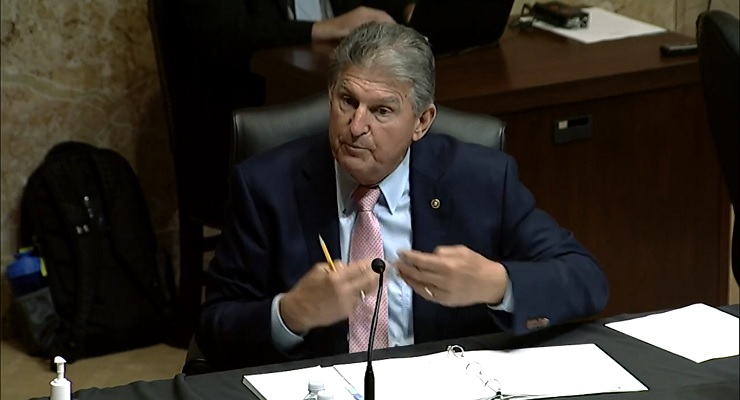
This article was posted in Election Law Blog by Nicholas Stephanopoulos. Here is an excerpt:
Joe Manchin’s memo outlining his views on the For the People Act includes the following policy that he supports: “Ban partisan gerrymandering and use computer models.” In light of Manchin’s centrality to the legislative process, it’s worth unpacking how computer models can be used in redistricting—and how they would be used under the current text of H.R. 1 / S. 1.
-
- Proof of Concept:First, redistricting algorithms can be used to prove that a “better” map than the enacted plan could have been drawn. Suppose that the enacted plan is highly biased in a party’s favor, and that the party argues that the bias is attributable to the plan’s compliance with nonpartisan criteria: compactness, respect for county and municipality boundaries, and so on. Redistricting algorithms can then be deployed to definitively rebut this claim. If it’s possible to produce a map that’s less biased than the enacted plan, and that satisfies the nonpartisan criteria at least as well, then the enacted plan’s bias can’t be justified by those criteria.
- Generation of an Optimal Map:Second, well-intentioned line-drawers can use redistricting algorithms to identify an “optimal” (or at least a very good) map. Line-drawers must simultaneously follow a wide range of requirements: equal population, the Voting Rights Act, state constitutional criteria, and if H.R. 1 / S. 1 becomes law, partisan fairness and respect for communities of interest, neighborhoods, and political subdivisions. Humans are surprisingly good at achieving multiple redistricting goals at the same time. But computers are better. They can often produce maps that dominate the best human product on every specified dimension.
Read the full story here.
Leave a Reply